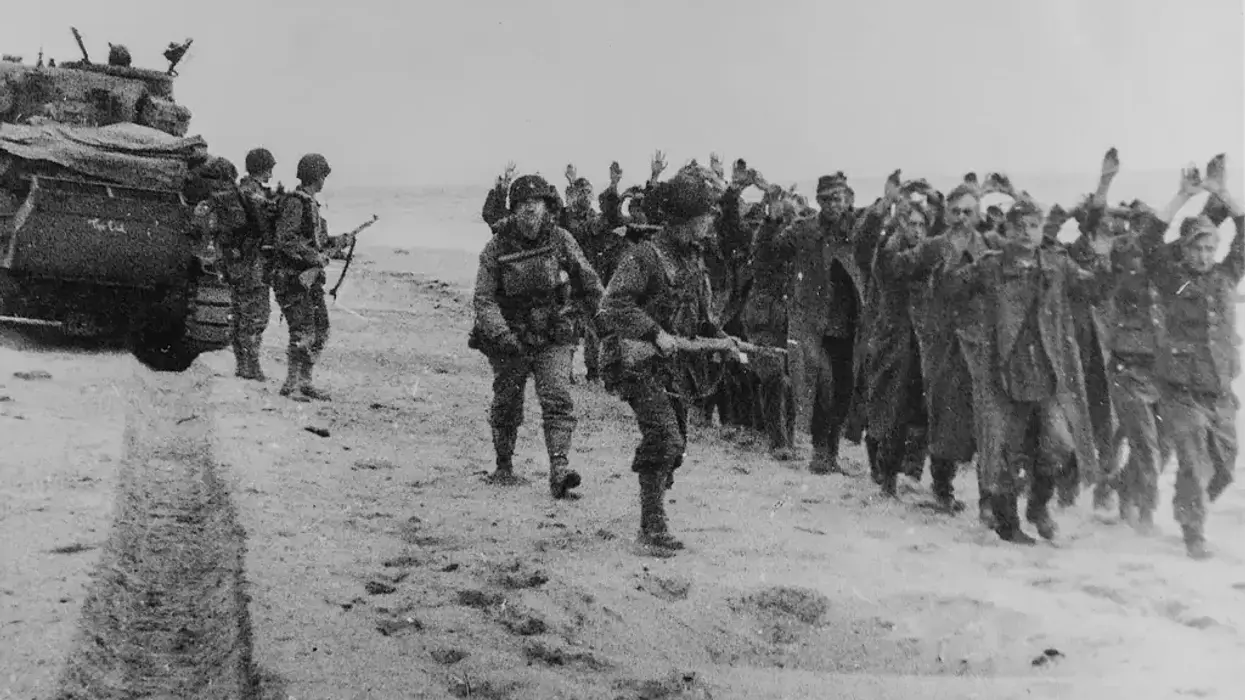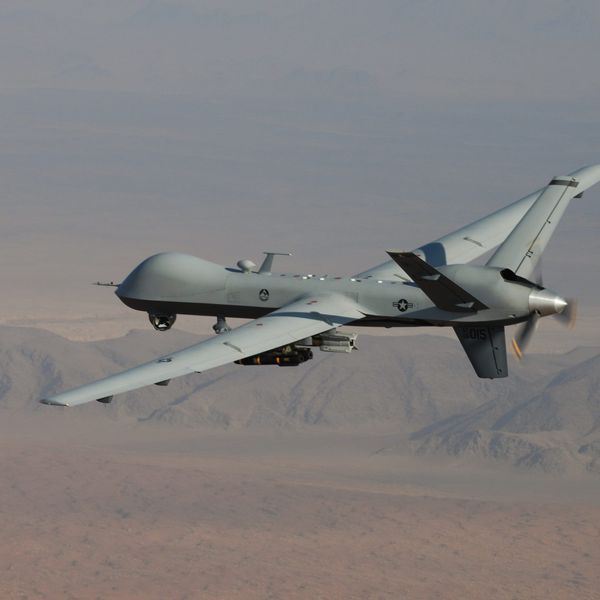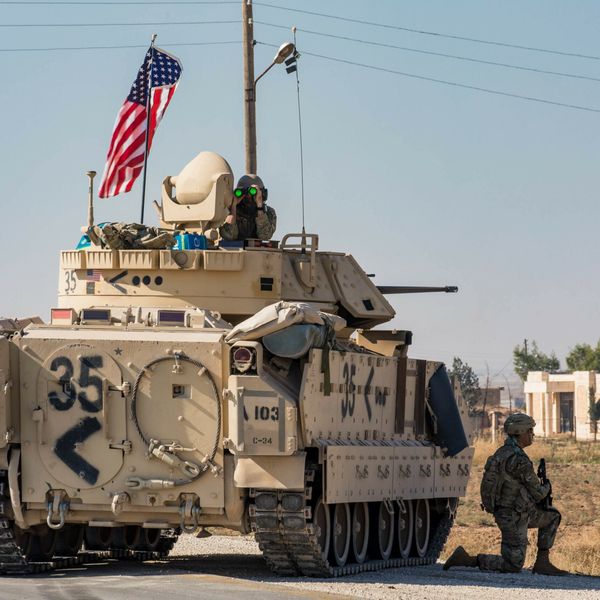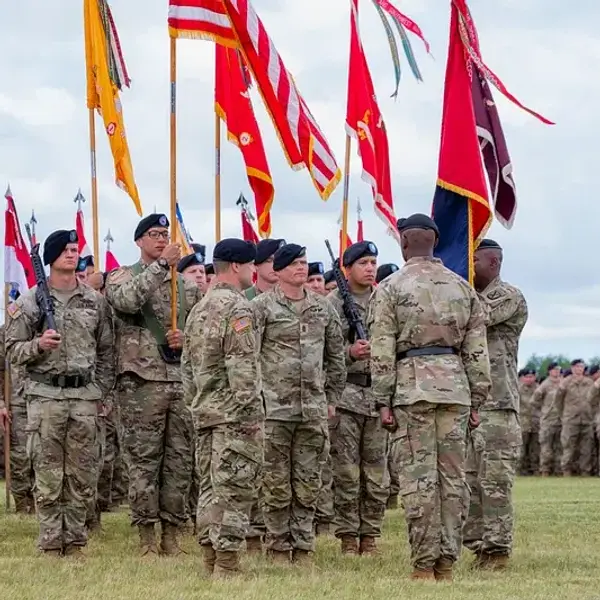It was 1977. There we stood, peace movement lobbyists on one side of the door into the House of Representatives, uniformed Air Force lobbyists on the other side of the door. Both of us were urging members of Congress walking through the door to vote to end production of the B-1 bomber. “What,” you say, “that can’t be right.”
This vote was part of the legacy of Jimmy Carter. Presidents have frequently seized on a military system to demonstrate their commitment to national security. JFK found a missile gap and committed to close this fictional disparity with the Soviet Union. Ronald Reagan gave us Star Wars, a mythical promise to put a shield over the United States. During the campaign, Bill Clinton went out of his way to endorse the still-troubled V-22 Osprey helicopter for the Marines and a new submarine for the Navy.
Jimmy Carter did the opposite. He is one of the rare Presidents to commit to end a military hardware program, usually a politically deadly thing to do. As I argued more than 40 years ago in The Iron Triangle: The Politics of Defense Contracting, and as I saw up close as the White House’s senior budget official for national security under Bill Clinton, military hardware programs are decidedly hard things to kill.
Carter killed one!
Keeping a military hardware program alive, ensuring its survival, depends on a three-legged political stool; what I called the “Iron Triangle.” First, the military has to want the program seriously enough to ask for the funding in their budget. The service usually justifies this by arguing that: a) the enemy of the day has one, or b) is building a better one, or c) threatens to build one, or d) service military “doctrine” demands a next generation, or e) “technology” says this new one is better, cheaper, faster, more durable (all rarely true). In reality, if the service thinks the ship, plane, missile, vehicle is core to its fighting mission, they will fight hard for it.
Second, you need a contractor who has thought the system up, done the research and development work, lobbied the military service and the Congress for it, mobilized its advertising, grass roots work force, and communities where the thing will be produced (right down to the subcontractors across the states), and made campaign contributions to the key members of Congress. They work closely together with the services in this lobbying effort.
Congress is the third leg of the stool. The members of the Armed Services Committees and Defense Appropriations subcommittees are critical. They do most of their work with little scrutiny (except in the specialist trade press for defense, which only the industry, the services, and nutty outsiders like me read). The members are largely from states and districts with defense businesses and installations; they recognize the political value of having close ties with both the Defense Department and the defense industry.
Ike called it the “military industrial complex.” Ike knew the services well; in the masterful biography by Stephen Ambrose, it is clear that he was very familiar with the reality that the appetites of the services for hardware and budgets were unlimited. As a retired five star general, he knew how to deliver a firm and credible “no” when they asked. No president since Ike has had that credibility. Carter was a Lieutenant, several steps below flag rank (Rear Admiral)
Ike left Congress out of the complex, apparently because he did not want to piss off people in Congress whose votes he needed for many other things he wanted. I added it back, because a two-legged stool can’t stand; the role of the Congress is core to the Iron Triangle: they, and they alone, appropriate the money.
The B-1 vote was all about the money. Congress had passed a law in 1974 called the Budget and Impoundment Act. President Richard Nixon had held back funds Congress had appropriated, arguing that he was not obliged to spend it if he didn’t like the program. Congress, ever watchful for its spending powers, said Nixon couldn’t do that. The law requires presidents to ask Congress to take the money back (“rescind” it) every time a president decides not to spend money Congress appropriated.
That’s why we were at the door of the House. We were encouraging Members to take back the $300 million they had already appropriated for the B-1 bomber production program.
How did Carter get away with cancelling a program with thousands of contractors and sub-contractors in 48 states? The Democratic platform in 1976 included a commitment to do so, giving him a text to point to when he made the decision. Opponents of the program made sure the language was there and reminded him regularly.
But campaign commitments don’t always become policy. Key to the cancellation decision was the reluctance of one of the legs of the stool to buy the B-1. The Air Force was unenthusiastic largely for budgetary reasons. Carter’s presidency followed the end of the Vietnam War. The defense budget was inevitably declining. The Army was shrinking and the Air Force was, too.
What is the core mission and technology for the Air Force? Nothing was more central than fighters and the Air Force was about to go big with two new programs: the F-15 and the F-16. Bombers, tankers, cargo planes are important, sure, but fighters?
They are the heart of the Air Force. Faced with the budget squeeze, the Air Force simply did not lobby the White House hard to keep the B-1; they still had plenty (over 500) B-52 strategic bombers at the time.
When the Air Force stepped back from the program, the White House had the running room to try ask Congress to rescind the money for B-1 production. A two-legged stool cannot stand; so Carter stepped up to the campaign commitment.
As testimonial to the enduring power of the Iron Triangle, the vote was actually very close: 202 to rescind the money; 199 to leave it in the program. And the decision was not a clean kill; Congress also appropriated more than $400 m. to continue the B-1 research and development program.
That’s how hard it is to kill a military hardware program, making Carter one of the few presidents to even try.
AND…[spoiler alert]: like Count Dracula, the B-1 returned from the grave. The 1976 vote was not a silver stake. Presidential politics prevailed in 1980 when Ronald Reagan revived the B-1 as a symbol of his commitment to American national security during the 1980 campaign against the president who had tried to kill it. The massive increase in the defense budget Reagan obtained made it possible for the Air Force to have its fighter cake and swallow the B-1, as well.
It all proves it is possible, but difficult, to kill a major weapons program. It reveals what makes it possible – losing a leg of the Iron Triangle. It is to Jimmy Carter’s credit that he tried and, at least for four years, got away with it.
This article has been republished with permission by the Sheathed Sword
- When Jimmy Carter went to North Korea ›
- I was there: Carter tried to put the human in Realpolitik ›
- Carter and Chile: How humanitarian was the president? | Responsible Statecraft ›
- When 100 new B-21 bombers just isn't enough | Responsible Statecraft ›
















